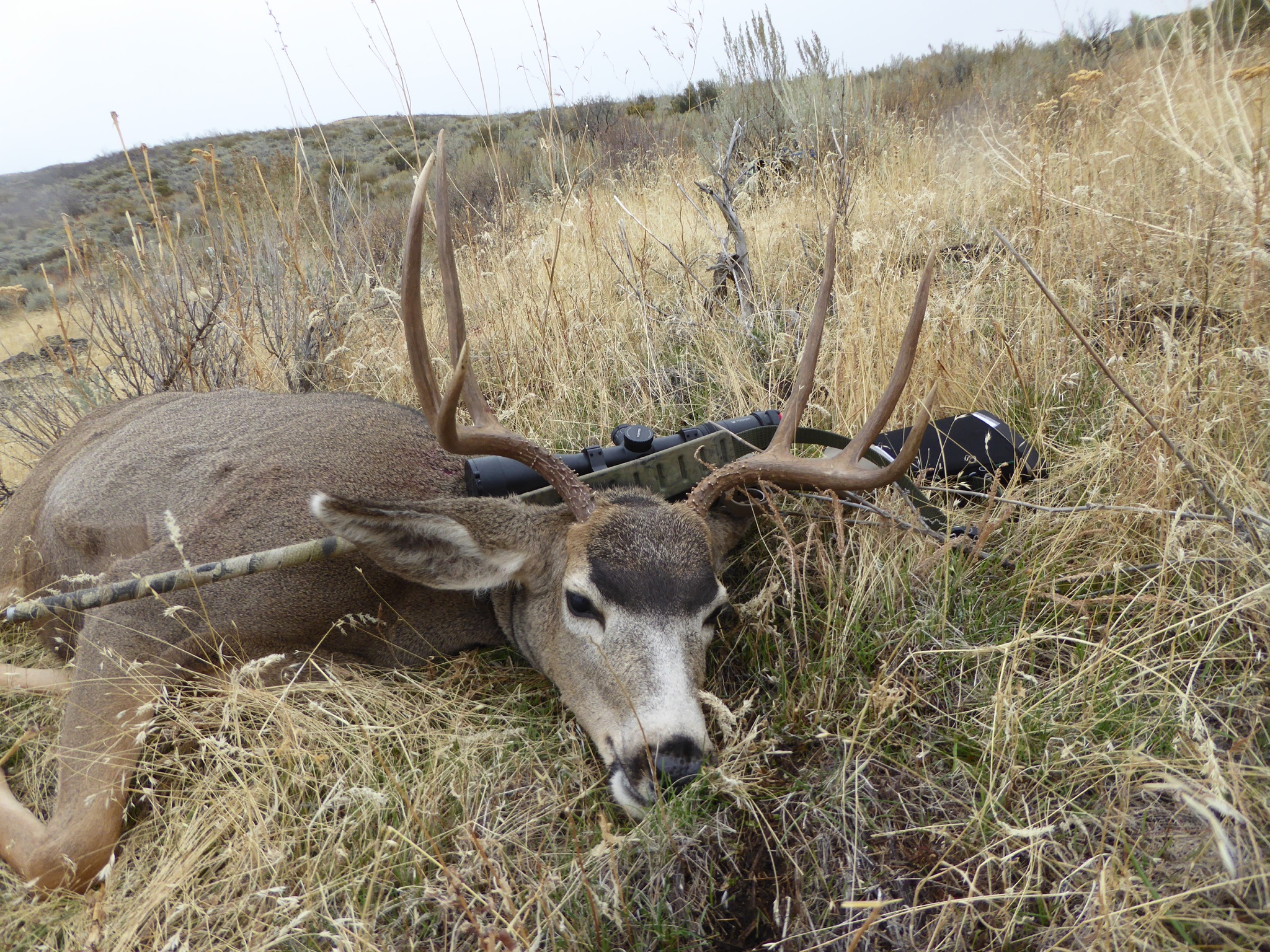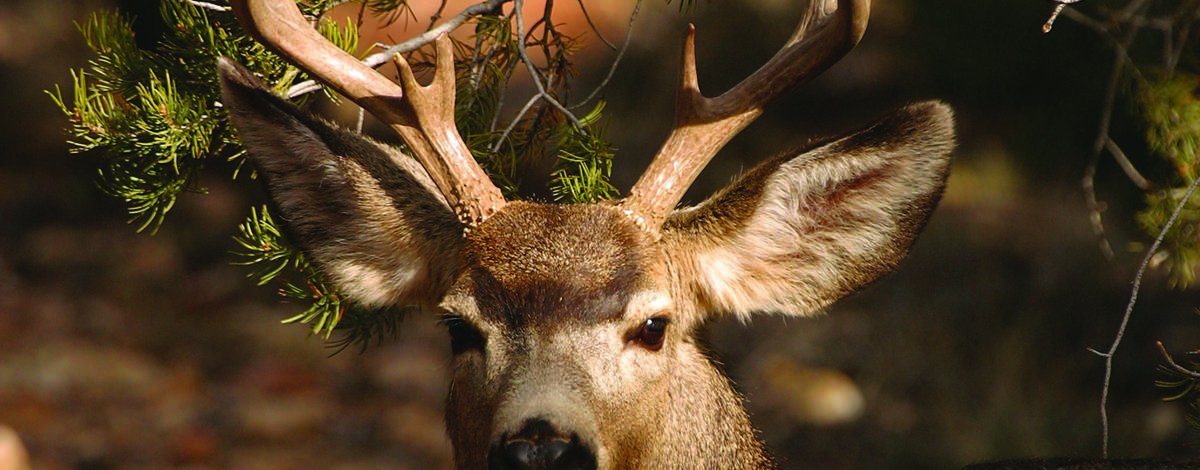Idaho Fish and Game is asking deer hunters to look at its draft management plans for mule deer and white-tailed deer and provide feedback to the department on the overall concepts of the plans and whether topics are missing that might improve them. The plans describe statewide management directions and strategies.
The mule deer plan focuses on a variety of topics that include population management and also frameworks and concepts for hunting seasons that will maintain sustainable deer herds and strive to meet hunters’ expectations.

Both plans are the result of extensive hunter surveys that were done in 2017-18 where mule deer and white-tailed hunters shared their expectations. Those surveys were incorporated into the draft plans, which will guide deer herd management over the next six years.
Hunters will get a full look at each plan in early June and have about a three-week comment period, which will include open houses in each region. Dates of those open houses will also be listed in early June when the plans go online.
Seeing the big picture
The 98-page draft mule deer plan incorporates data derived from more than 20 years of doe and fawn telemetry collars that are placed on mule deer every winter, and animals are monitored to see how many survive. Recent data includes information derived from GPS collars that also track animals’ movements over seasons and give biologists a better understanding of how local herds migrate and interact with the larger population.
New mule deer migration information led to biologists shifting “Data Analysis Units,” which consist of numerous hunting units that reflect larger, regional mule deer populations.
That big-picture data also provides biologists an opportunity to shape the mule deer plan to reflect wide-spread landscapes that involve numerous herds and incorporate best practices into managing those herds while tailoring hunting season frameworks that meet the department’s population objectives while also trying to match hunter expectations.
Understanding what kind of hunting herds can support and hunters prefer
No plan can address all hunter’s concerns or meet every hunter’s desires, however, an important part of the plans is setting benchmarks for overall hunter satisfaction.
Fish and Game has a long history of emphasizing that mule deer hunters want the opportunity to hunt every year and also provide a wide range of hunting opportunities, which will continue. Wildlife managers recognize that the opportunity to hunt every year with family and friends is a tradition for mule deer hunting, and it is an important factor in managing hunting seasons.
But each hunting season scenario comes with trade offs between hunting opportunity and the likelihood of being able to hunt larger, mature animals with minimal competition with other hunters.
Hunter surveys have shown overall, mule deer hunters are largely satisfied with mule deer management, but also voiced concerns about several topics, including hunter congestion in some popular units.
Hunter congestion will be addressed, but no recommendations made
The draft plan looks at factors involved in hunter congestion and possible solutions, but does not include specific changes or recommendations. The concepts to change hunting seasons outlined in the plan represent a starting point for dialogue between wildlife managers and mule deer hunters, but are not intended to be prescriptions for immediate implementation.
After the plan is approved, which is expected to be later this summer, Fish and Game will present some concepts to hunters through future surveys and other public outreach methods, and managers will continue to seek input from mule deer hunters while developing the rules for the 2021-22 big game rules.
Other topics addressed in the plan include:
- Buck opportunity and quality
- Antlerless opportunity
- Abundance, herd composition and survival monitoring
- Habitat
- Hunter access
- Mule Deer Initiative
- Motorized vehicle use
- Research
- Predators
- Interaction with white-tailed deer and elk
- Emergency winter feeding
- Depredation
- Disease
Where do we go from here?
The draft mule deer and white-tailed deer plans will be available for review in early June. Wildlife managers ask hunters to review those plans before attending open houses, commenting online, or contacting regional offices. Here's a summary of the draft white-tailed deer plan.
The plans are a blend of scientific information and plain language, but the overall concepts are easily understandable for the average, informed hunter. However, much of the plan involves broad management prescriptions and concepts that typically do not go into unit-by-unit detail, nor does the plan provide season frameworks or specific rules, which are addressed in the big game season setting and rules process.
But wildlife managers want to know if hunters are in general agreement with the direction of the plans, or if there are topics or items missing that hunters think should be included.
Review and comment on mule deer plan
Review and comment on white-tailed deer plan

